Nearly 150,000 performing and visual arts degrees were awarded in 2021—around a 4 percent decline from previous years. But within that same period, employees in the amorphous visual art world grew over 3 percent, to a total 2.12 million in the American workforce. With this year’s commencements already completed (and the art world poised to kick back into full gear this fall), CULTURED touched base with arts professionals from diverse backgrounds and areas of expertise to collect their best advice for rising professionals across the industry. Some matters, like the importance of social media, proved universal. Others, like the efficacy of cold calling, remain contentious. Read on to advance your path, regardless of where your career is in the big picture.
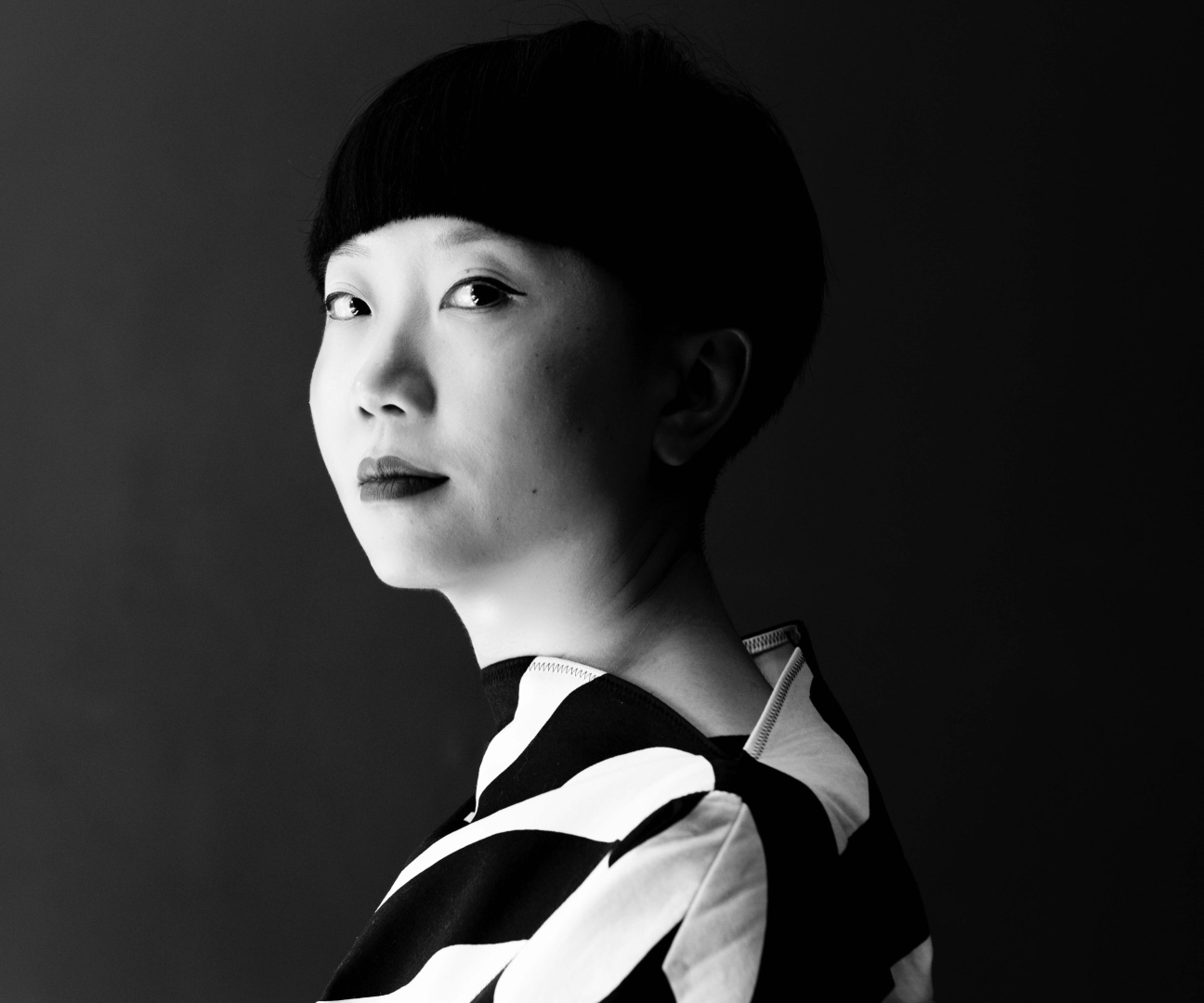
JiaJia Fei, entrepreneurial digital strategist for the art world, formerly of the Guggenheim and the Jewish Museum
What are some oft-overlooked avenues for finding work in the art world?
"Beyond LinkedIn and the usual job listing sites like NYFA, I always suggest following the institutions you want to work for on social media. Not only are you actively keeping up with their programming and initiatives, you'll often be the first to know when a new position has been listed, and employers will love that you already follow their mission."

Debi Wisch, founder of Wischful Thinking Productions, the company behind art films The Price of Everything and The Art of Making It
What approaches to a sustainable career do you see upstart creatives often forgetting?
"If you want to be an artist or work in a creative field, be realistic about the challenges. The path is typically nonlinear and invariably unpredictable, so have a backup plan. Hone another skill or two, that can sustain you financially as the trajectory of your career won't be like that of most professionals. There is a lot more serendipity in the art world. Ideally, your side gig will also build your network and add to your repertoire. Jerry Saltz always says that if you want to be an artist you must make an enemy out of envy. That's probably a good idea too. Know from the onset what you are getting yourself into by speaking to others who have been at it for longer, and then just get to work. There's no definitive blueprint."
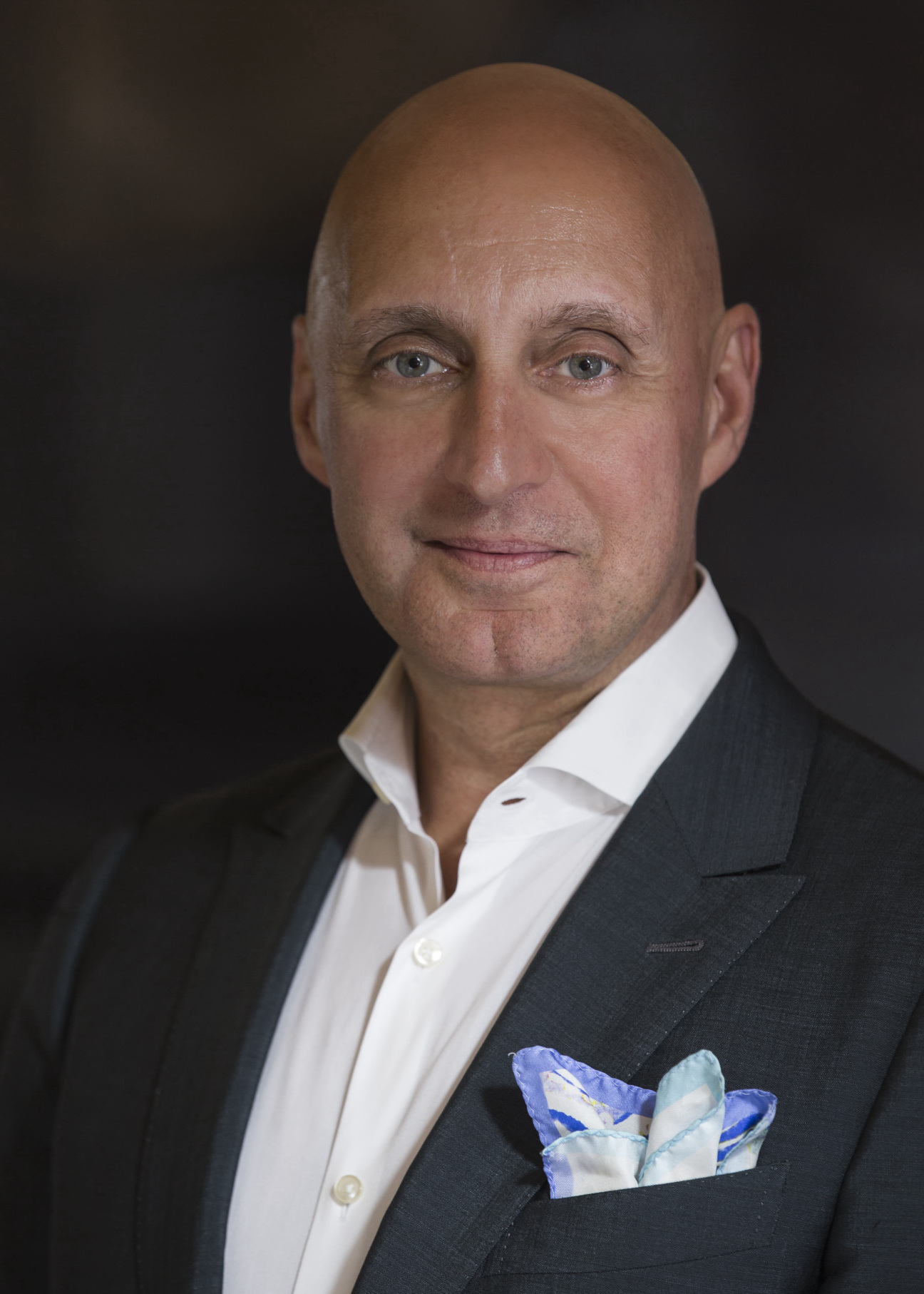
Tony Karman, president and director of EXPO CHICAGO
How has the landscape changed for roles across the art industry since your own career began?
"My art industry career really began in 1983, so I feel privileged to see the full arc of progress as it relates to the many tools that the creative industry has developed to connect, advertise and communicate. Back then, there was no digital anything—marketing, social media, or emails. If you worked in a gallery, you waited for a collector to visit, you used transparencies to connect to a client, and of course you used the phone to directly communicate. Although the “tools” may have changed, the basic ideas have remained the same. We are still in pursuit of encouraging people to experience the work of the artist, just the speed at which we provide this experience has increased."
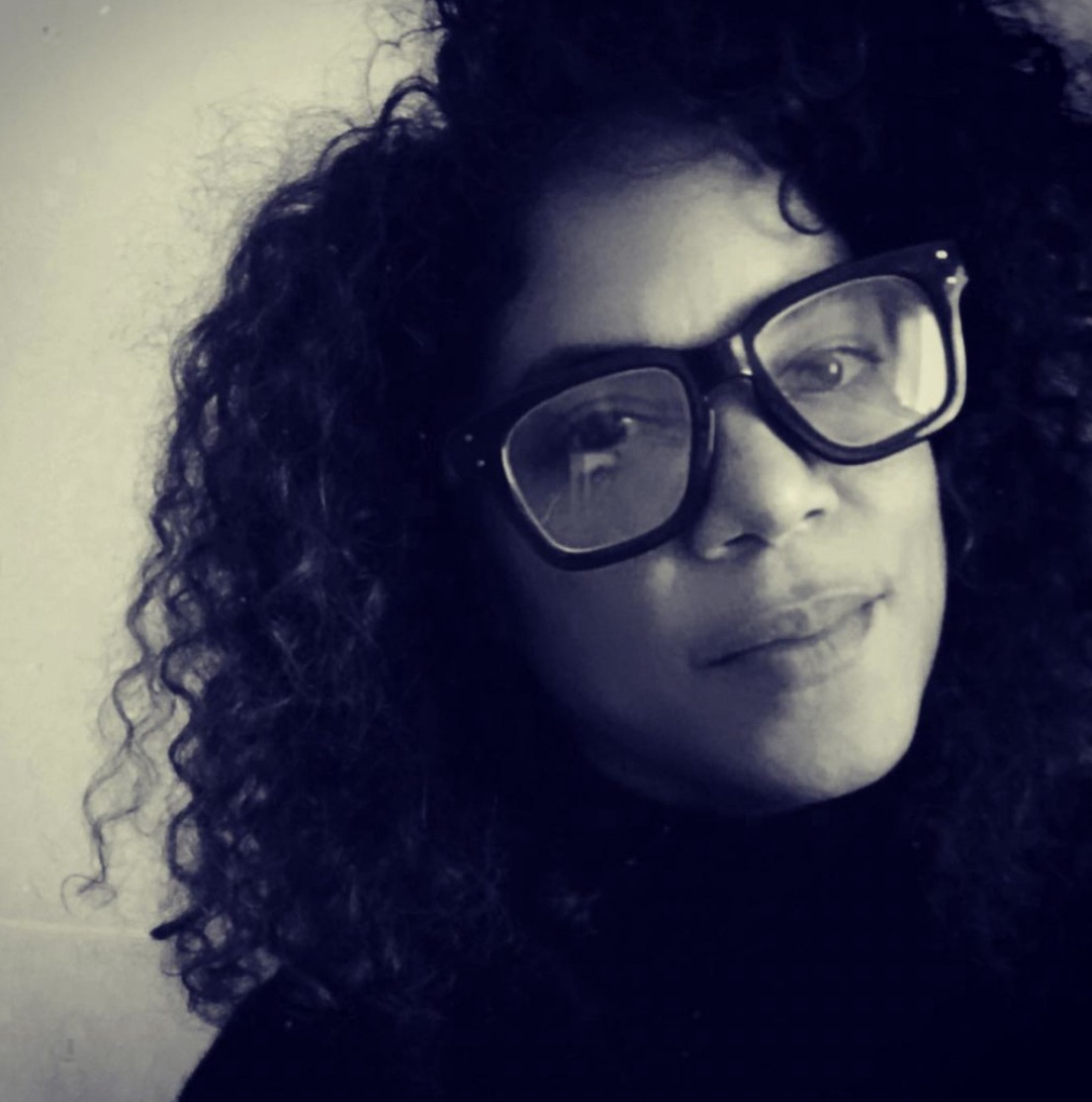
Lise Ragbir, co-founder of art HR firm VERGE
Do you have any tips on how a new graduate applying for a gallery job should structure their resume?
"We are seeing so many creative ways to stick out from the crowd. But don’t get too creative. People who are reviewing resumes are reading quickly—and if anything gets in the way of a simple read, they’ll stop reading. This doesn’t necessarily mean keep it short, but it does mean keep it digestible. At VERGE, we’ve seen everything from video portfolios to animated resumes. But the most successful applications, regardless of format, are the ones that don’t confuse us.
We want to know about your accomplishments, but we all want to see why, through your experience, you want this job. Even if the experience is unrelated, we should be able to see why you want this role. Do your research. Before you begin the application, learn as much as possible about the organization. Who runs it? Who works for it? Who exhibits at it? If you have worked with, written about, are passionate about, or can make a connection to an artist on the gallery’s roster, that will go a long way. Also, know the difference between a commercial, for-profit gallery, and nonprofit gallery. And remember that galleries are a service industry, so don’t shy away from including non-art-related service industry experience."
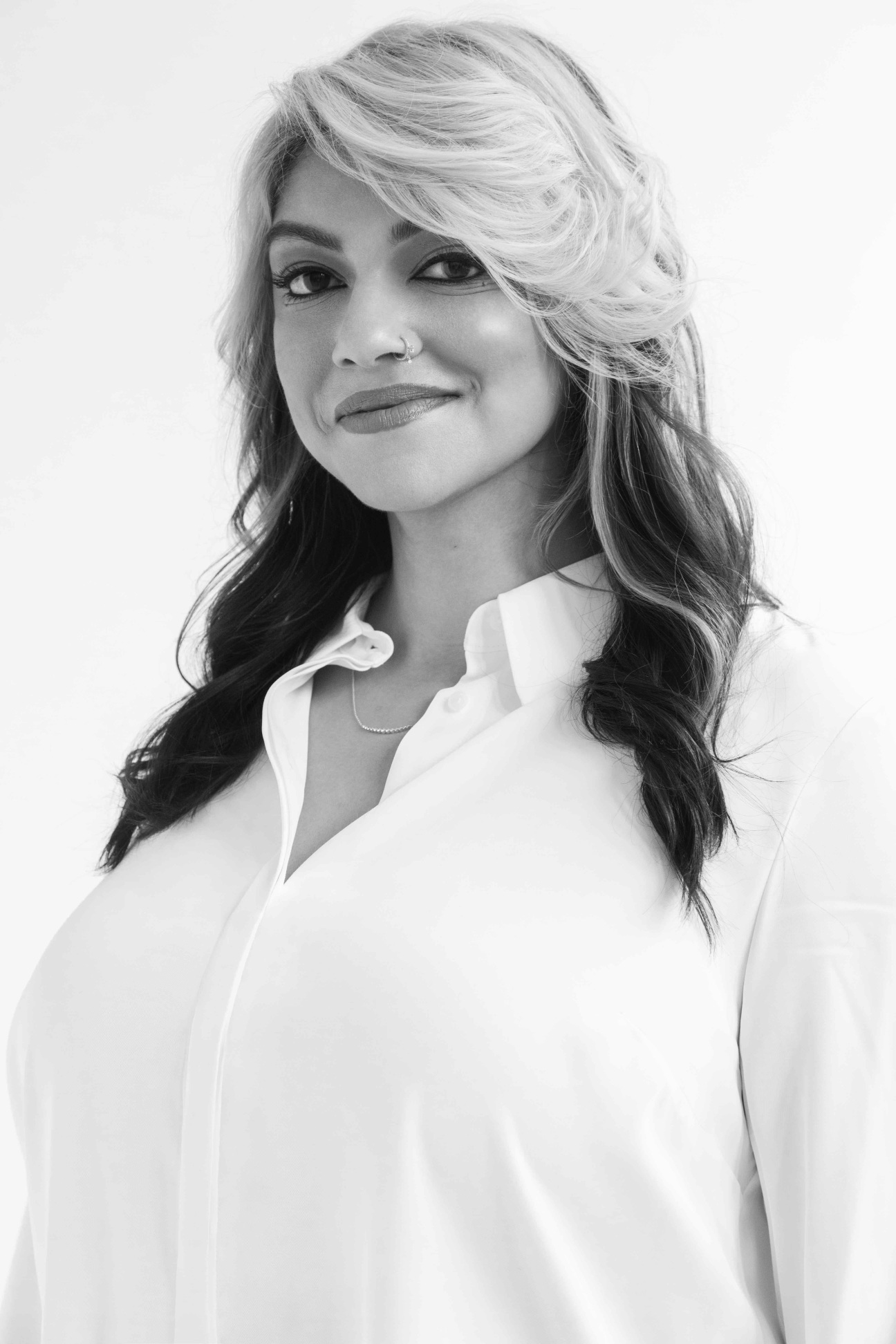
Jasmine Wahi, founder and co-director of Project for Empty Space
How can artists organize and work with other artists to foster sustainable art practices?
"I don't think I have enough room to write the dissertation I want to write as a response to this question. Maybe I'll write a book. In the interim: create community in the same way you would create any other type of community. Start a WhatsApp group (I created one for South Asian American Artists) to share events, happenings, exhibitions, etc. They can be annoying if you let them ping all the time, but it's a great way to keep in touch, especially with artists outside of your geographical community.
Unionize! This is a much longer conversation, but I'm putting this here because I think artists need to have more open conversations about how 'the market' works and doesn't work for culture makers. We need to be aware of the ways in which we are exploited because this industry doesn't have checks and balances that protect artists from predatory behavior. The first step to sustainability is equity, and right now we don't really have an equitable art world."

Salome Asega, director of NEW INC. at the New Museum
On your own trajectory, how did you choose between a commercial or nonprofit art career?
"I don't think I consciously chose a career in the nonprofit sector. It sounds cliché, but I think nonprofit work chose me. I've always been someone led by nose, and early on in my career, my curiosity drew me to arts organizations that were providing free programming to public audiences because there was an accessible onramp to experiencing work and connecting with others. My first NYC internship was at Creative Time as an undergrad at NYU, and I haven't looked back since."
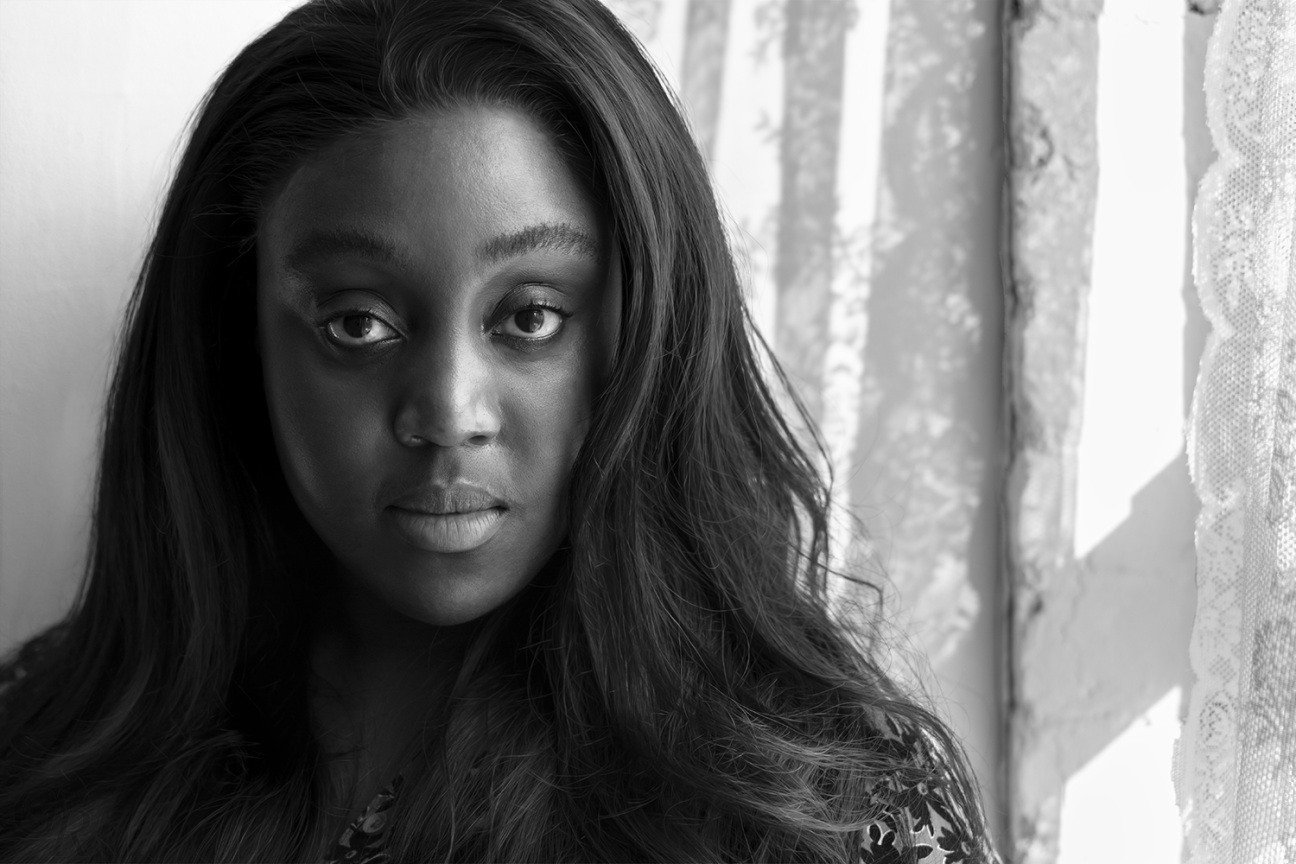
Christiana Ine-Kimba Boyle, senior sales director and global head of online at Pace Gallery
How can a working artist effectively contact the galleries they'd like to represent their work? What's the best next step after initial contact?
"Don't cold email or walk in. Focus on building a network of supportive, like-minded creatives and collectors. Often, gallerists are introduced to new artists through close collectors or artists they already have relationships with. The organic route of discovery is so much more sustainable and rewarding. After initial contact, patience is key. If there's alignment between you and a program, the next steps will fall into place. Focus on creating and strengthening your network."
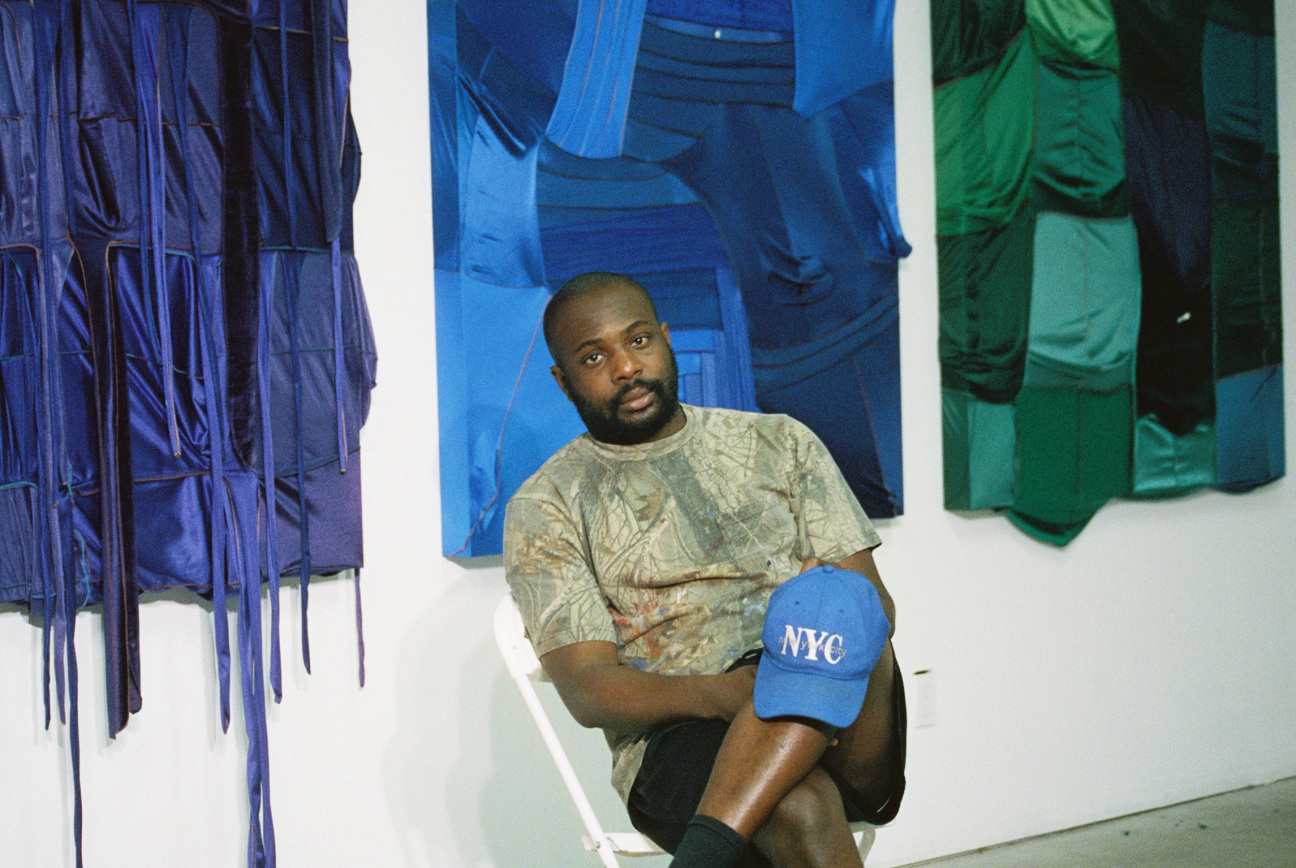
Anthony Akinbola, artist
How can a working artist best get in touch with the galleries they’d like to represent their work? What’s the best next step after initial contact?
"I was kinda shameless when it came to asking for studio visits and things like that. I would legit just DM galleries and ask them to pull up to the studio. Actually I would just type 'Studio visit?' At that time I didn’t really think there was anything to lose, it was either going to be a yes, a no, or no reply, which was basically no. My attitude towards things like that are a little more aggressive, you gotta just go for it, you can’t be shy."
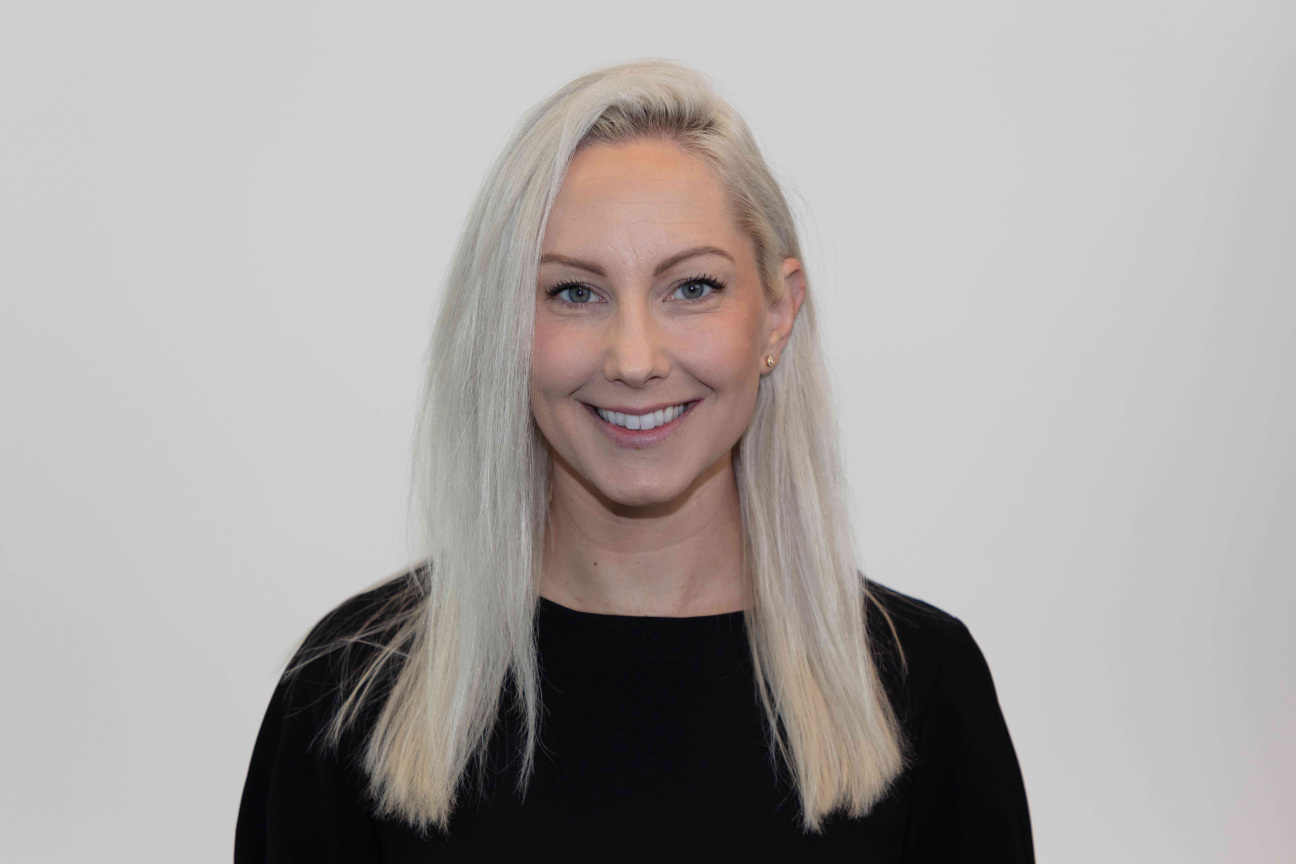
Tina Rivers Ryan, art critic at Artforum and curator at the Buffalo AKG Art Museum
What are some of the most exciting new roles that museums are hiring for right now?
"Needless to say, the positions we're seeing posted now—such as provenance researchers, online content managers, curators of Latinx art, and media art conservators—reflect profound and ongoing shifts in museums' priorities. To cite one example: At the Buffalo AKG Art Museum (which recently added "Buffalo" to its name to signal its desire to be more fully embedded in its community), we've restructured our communications team to create a new director of community engagement. This person sits on the museum's leadership team, as engaging the community is a key goal that needs to be connected to everything that we do."
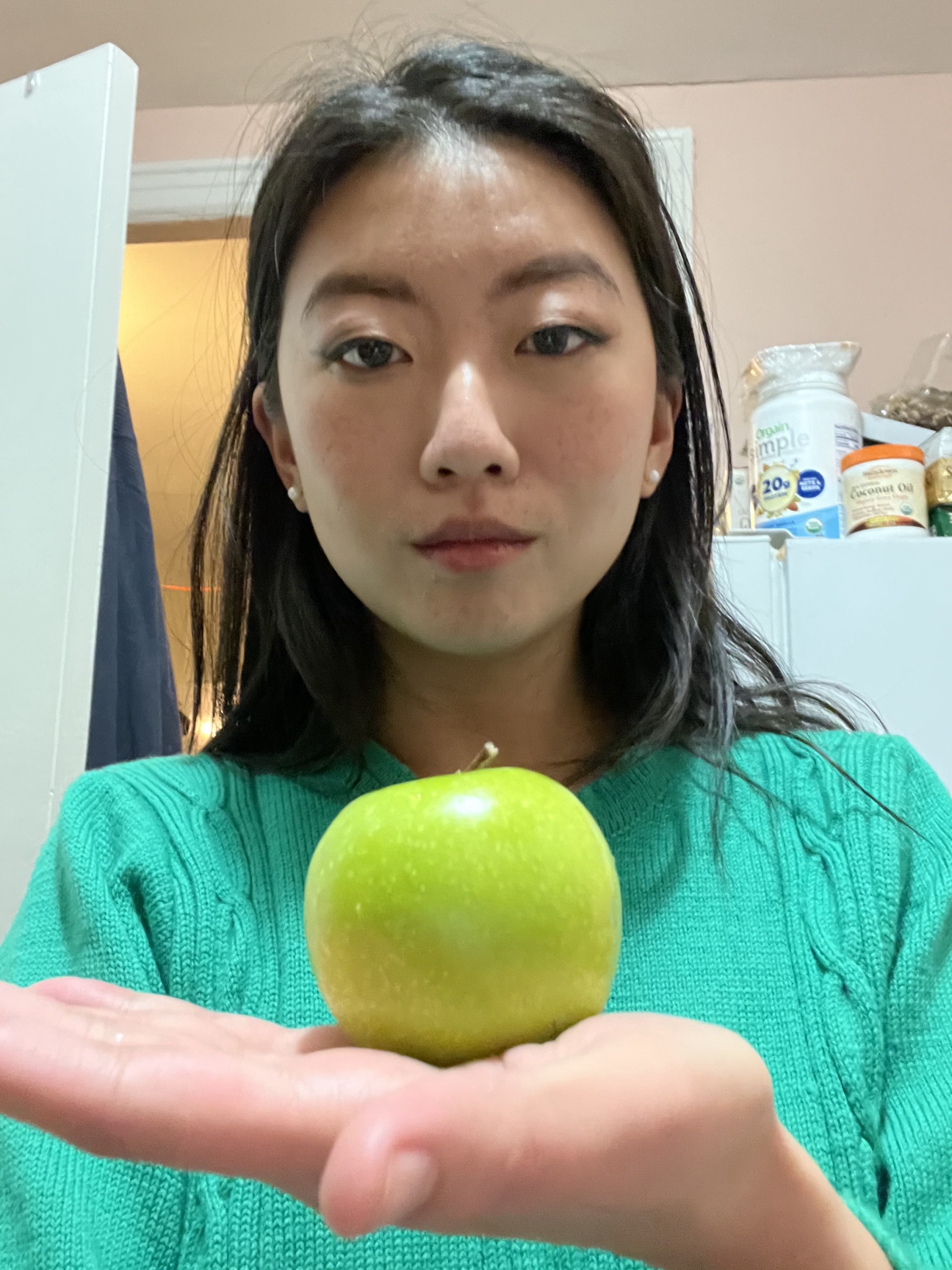
Lisa Yin Zhang, assistant editor of Frieze magazine
How do you balance your passion with your practical need to make a living in this work?
"I think I'll always, unfortunately, be trying to figure this out. Some of us chose to enter this field because we're artists; we felt that proximity to other artists and the opportunity to think critically about art, aesthetics, and culture would nurture our work while paying our bills. If that describes you, then my advice is to remind yourself constantly of that bargain, that promise to yourself, because the pleasure and the labor of this career can be difficult to differentiate. You'll get that little shiver—something's not right—when the work-for-pay cuts a bit too far into the work-for-the-love-of-it for a bit too long. Best case, readjust; worst case, realize it's not meant to be. I guess, concisely, my advice is: scheme, set boundaries, protect your passion."










 in your life?
in your life?

